Week highlights: Inkscape officially releases its computational geometry library and starts exploring multithreaded canvas rendering, Shotcut gets VA-API hardware video encoding on Linux, new free/libre camera matching software is now available, Tracktion Software Co. releases Tracktion Engine under dual GPLv3+/Commercial license.
Graphics
The Inkscape team finally made the first official release of 2Geom, a computational geometry library used by the project for things like live path effects. There aren’t many other projects using 2Geom, save for Scribus, and the objective of this release is to aid in fixing that.
Again, more fun is happening in branches. Most interesting recent thing is probably the new branch with a self-explanatory name: multithreadCanvas. Results of this work by Jabier Arraiza should give us some performance boost in certain scenarios.
The GIMP team is toying with the idea of supporting DDS out of the box, as it’s commonly requested by the community (indeed, our news post from 2012 on this very topic is among top visited pages regarding GIMP).
They merged the existing yet abandoned gimp-dds plug-in and pushed it into a public Git branch. But since none of the GIMP team developers are into gamedev, it seems that a new contributor would have to step up.
Jehan, who contributed to making the DDS plug-in build again, also moved his work on the updated Bucket Fill tool to the main development branch. So if you are one of those few brave souls living on the very edge of GIMP, you can already try new smart colorization.
Finally, the team created a wiki page that explains where it is with a more complete PSD support, why some related features take time and how one could start contributing.
Michael Mayer of the PhotoPrism project recently demonstrating darktable running in Chrome via Broadway. PhotoPrism is a server-based photo management software written with Go and Tensorflow. It currently uses darktable-cli for conversion of raw photos, but judging by a recent discussion in darktable’s mialing list, it will be switching to libdarktable soon.
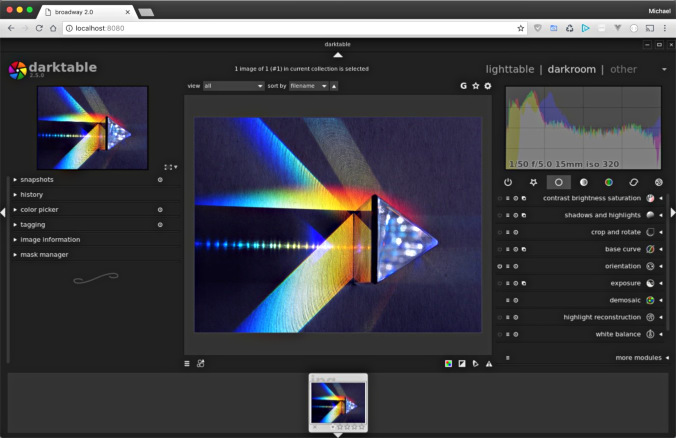
As for Krita, Anna Medonosova continues contributing UI polishing, most recently improving layout of the color selector and the Arrange docker. And Boudewijn Rempt resumed his work on centralized resources management.
The team also updated the shop which now features a new USB-card with the newest stable version of Krita and several tutorial packs, as well as Digital Atelier by Ramón Miranda.
3D
Blender 2.80 nightly builds now suggest choosing left-click or right-click selection at the start.
🤔 #b3d pic.twitter.com/3mnUk4Y9ee
— Blender.Today 🔸 (@BlenderToday) November 15, 2018
Per Gantelius created a replacement for his earlier project, BLAM, a Blender camera calibration toolkit. The new camera matching software called fSpy works as a standalone software written in Electron and comes with a Blender plug-in.
Video
Dan Dennedy released a new version of Shotcut, major new feature being hardware encoding on macOS and VA-API encoding on Linux. It also comes with an optional Video Waveform docker and a new Spot Remover video filter. See the release announcement for a full list of changes.

A team of passionate Blender users started a series of discussions on blender.community about ways to improve UX of Blender VSE. Ton promised some development time for VSE at the last BCon, there are interesting ideas floating around, and you are welcome to join.

Music-making
The biggest news this week was the release of Traction Engine under the terms of GPLv3+.
The engine is essentially a JUCE module in 115K lines of code. It allows recording and editing both audio and MIDI, time-stretching, pitch-shifting, tempo ramps, MIDI quantization, plug-ins support, automation curves, support for external control surfaces etc.
In a nutshell, it’s very nearly all you need for a backend of a basic, usable DAW, except for the user interface which, thanks to JUCE, you can write for Windows, macOS, Linux, Raspberry Pi, iOS, and Android. The source code is already available on GitHub.
Nevertheless, while the code is GPL, some additional commercial licensing requirements are imposed by the company, depending on which one of the support tiers you are on. And this system is a little confusing.
Usually, the more money you pay, the more benefits you get. But both “Education” and “Personal” tiers are free and have equal benefits. There is no benefit to go from “Personal” to “Indie” other than admitting that your annual revenue is between $50 and $200K, at the cost of paying $35 a month for at least 12 months. And everyone except for corporate clients gets just the forum support and has to use the Tracktion logo in their products.
It’s also unclear where GPLv3+ licensing applies and how Ardour-like models would work here.
Other than that, it would seem that Tracktion is catering here to the mobile market rather than to the desktop market. The latter is oversaturated, while the former is still growing, with a lot of opportunities for startups. Not having to develop a back-end for your mobile DAW from scratch would be a considerable cut to production costs.
Meanwhile, Jan Lentfer is putting last finishes on his code to support Novation Launch Control XL in Ardour 6. The (eventually upcoming) sixth version will be also shipping with support for PreSonus Faderport 16 and Faderport 2 (the 2018 model) control surfaces, as well as with initial support for NI Maschine 2. However, developers say that Maschine Mk2 support is likely to be most usable in Ardour 7, and macOS/Windows users can already use NI’s plug-in to control the device in any DAW.

VCV Rack team announced VCV Host, an upcoming module for loading VST plugins in VCV Rack. Here it is using the Helm synthesizer.
And here it employs the VST version of Dexed, a popular free/libre DX7 emulator, in a patch using CV modulation.
Tutorials and education
Andreas Schneider wrote a hands-on guide for Pixls on creating lens calibration data for the Lensfun library that is used by pretty much every raw convertor on Linux out there. The article covers profiling both lens distorsion, chromatic aberration, and vignetting.
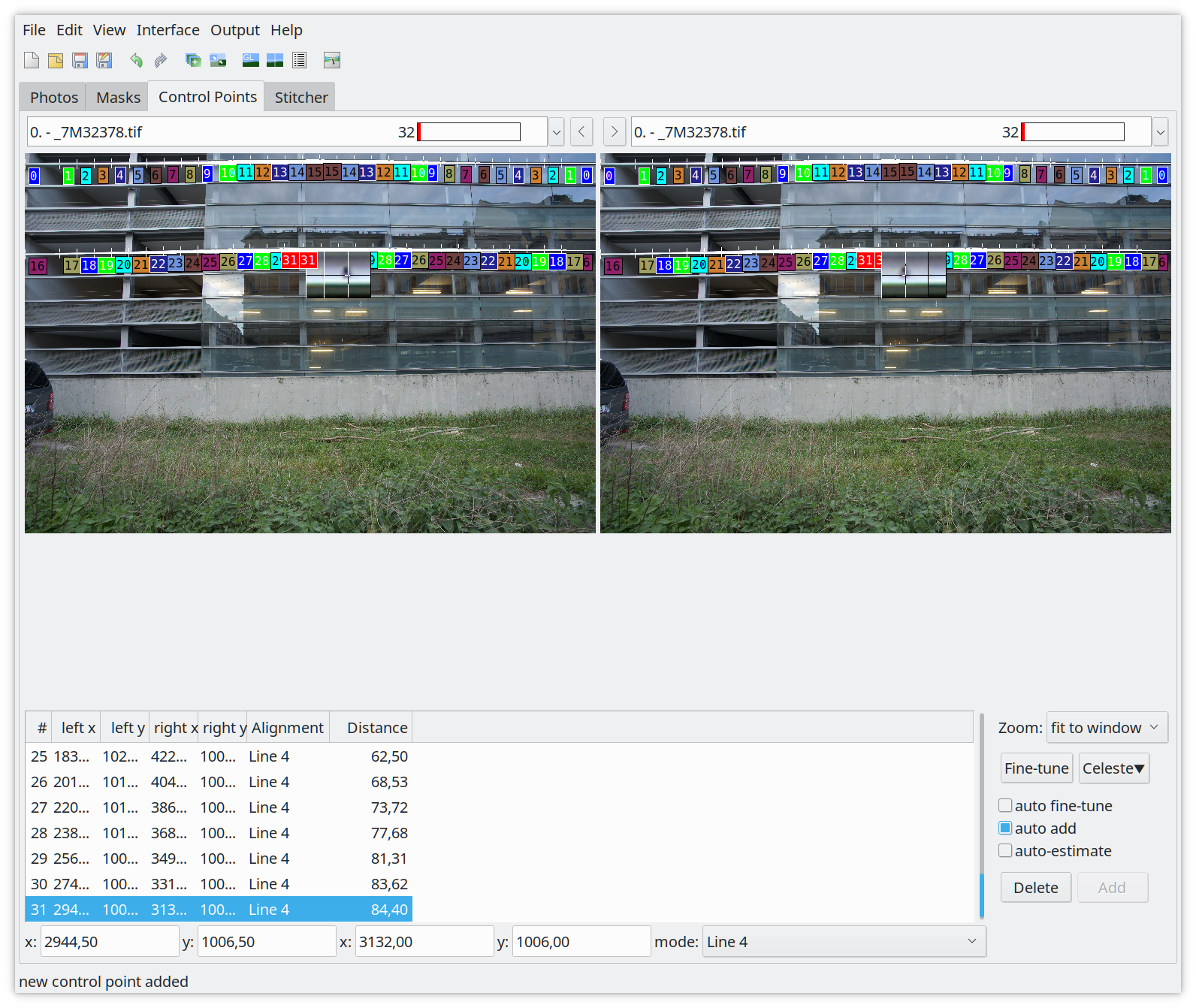
Nick Saporito posted a new GIMP tutorial on changing the color of eyes.
There’s a new timelapse video from grafikwork on drawing a landscape illustration with Inkscape.
Ed Tadeo published a new episode of the “Let’s Animate” series featuring Krita (compositing and color-grading was done in HitFilm Express though).
Steve Lund posted a detailed video on photoscanning a human face with just free tools — Meshroom and Blender 2.80 alpha.
And you might like checking out this intro tutorial from Ian Pitkanen on using Grease Pencil and Eevee toon shader.
Art and showcases
Weybec Studio released their first short animated movie “Hooka Pooka” rendered with Eevee. Pratik Solanki explained their move from Blender Internal to Eevee and shared the studio’s experience in a talk at Blender Conference 2018.
Manuel Grad published a Ketapan commercial, where he was responsible for concept, CG, and compositing, and did everything with Blender except for the comp.
The Japanese Blender community is having fun with cell shaders in Eevee, although judging by automatic translation of the discussion, there is still room for improvement (wasn’t it ever so, for anything?).
ようやくEeveeが身体に馴染んできました(笑)
— Ryuma (@kiry0107) November 17, 2018
これでセルルックな見た目でも少しは仲良く出来そうです
これでblenderレンダラの時みたいにベイクでテクスチャ生成出来れば完璧なんですけどね… pic.twitter.com/LSPhioZcfC
Yuditya Afandi posted a K/DA Akali bust sculpt made with Blender.
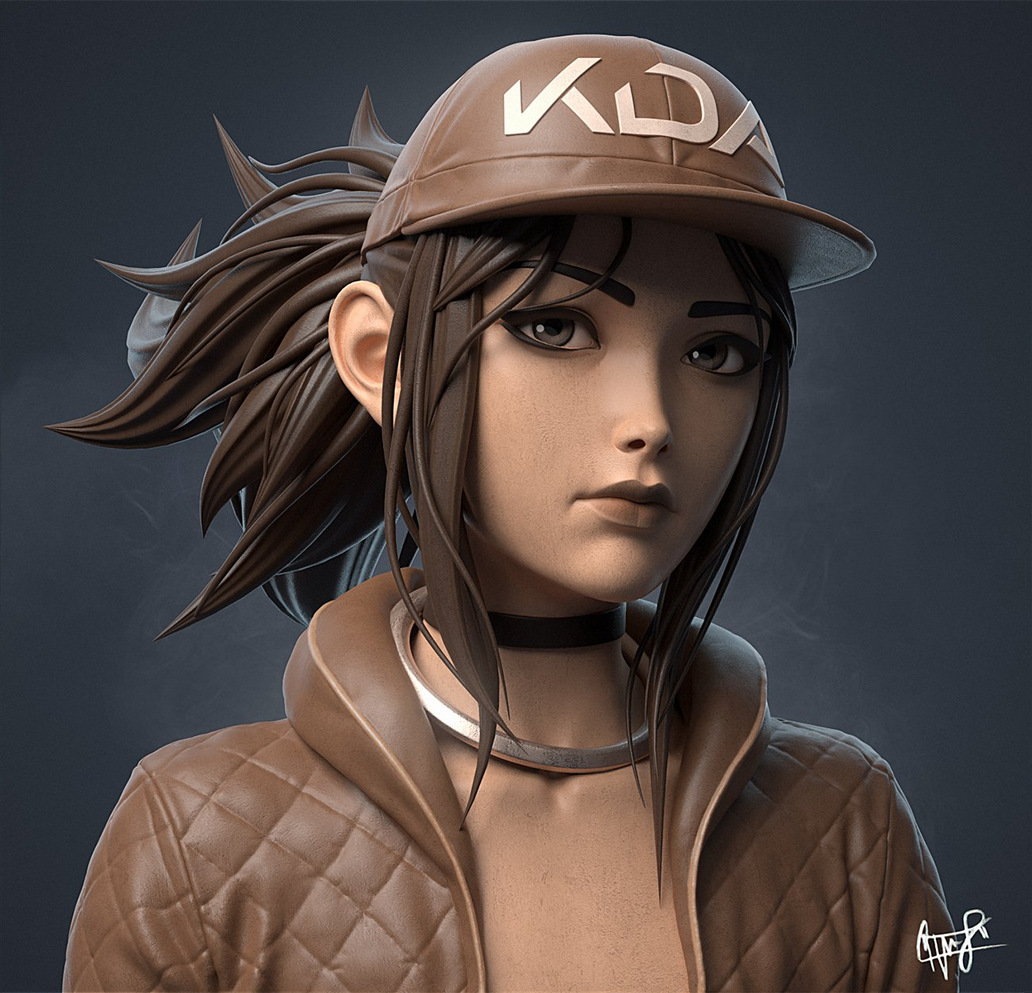
Jonatan Mercado posted another interior design render.
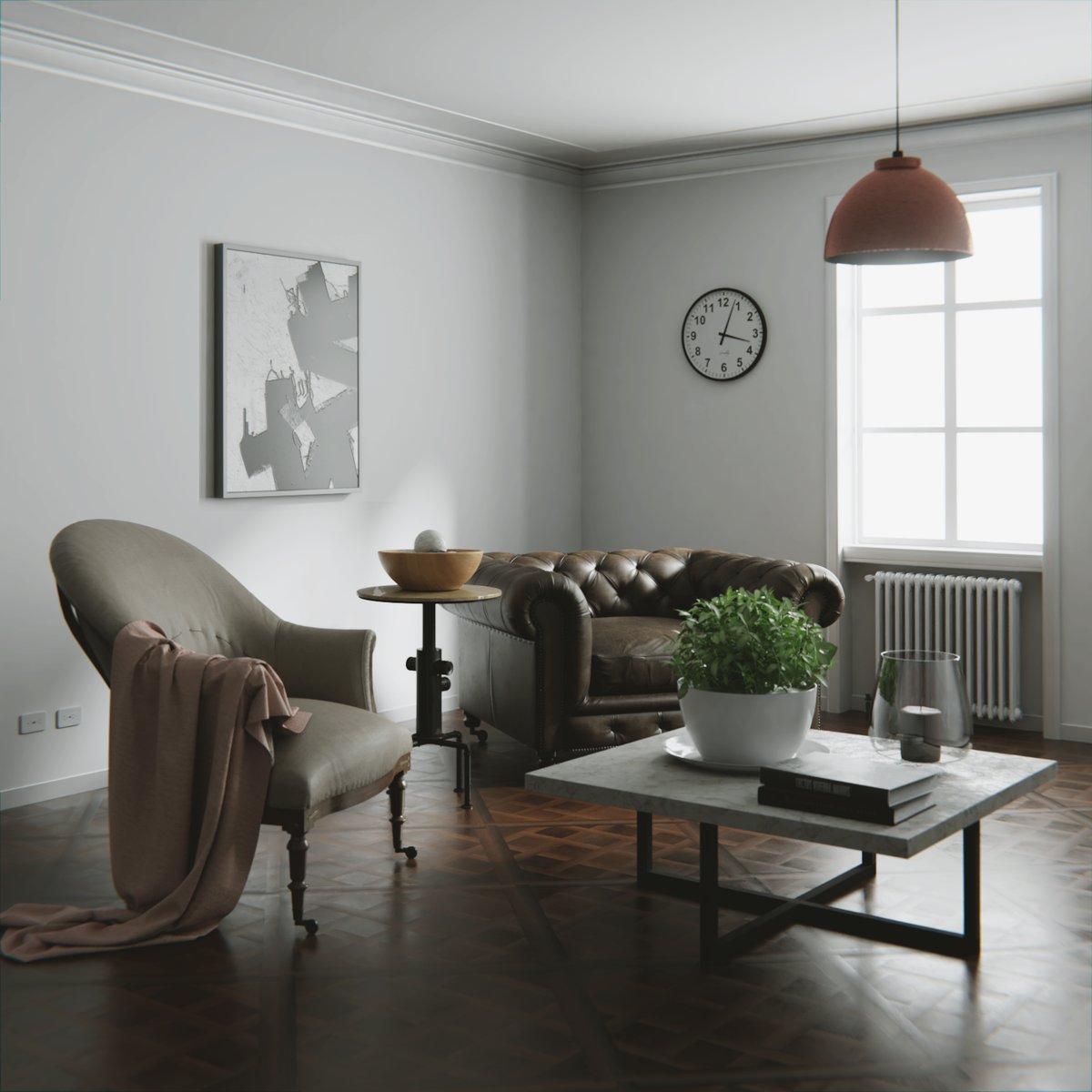
Cloud-Yo created a low-poly render of his little home studio.
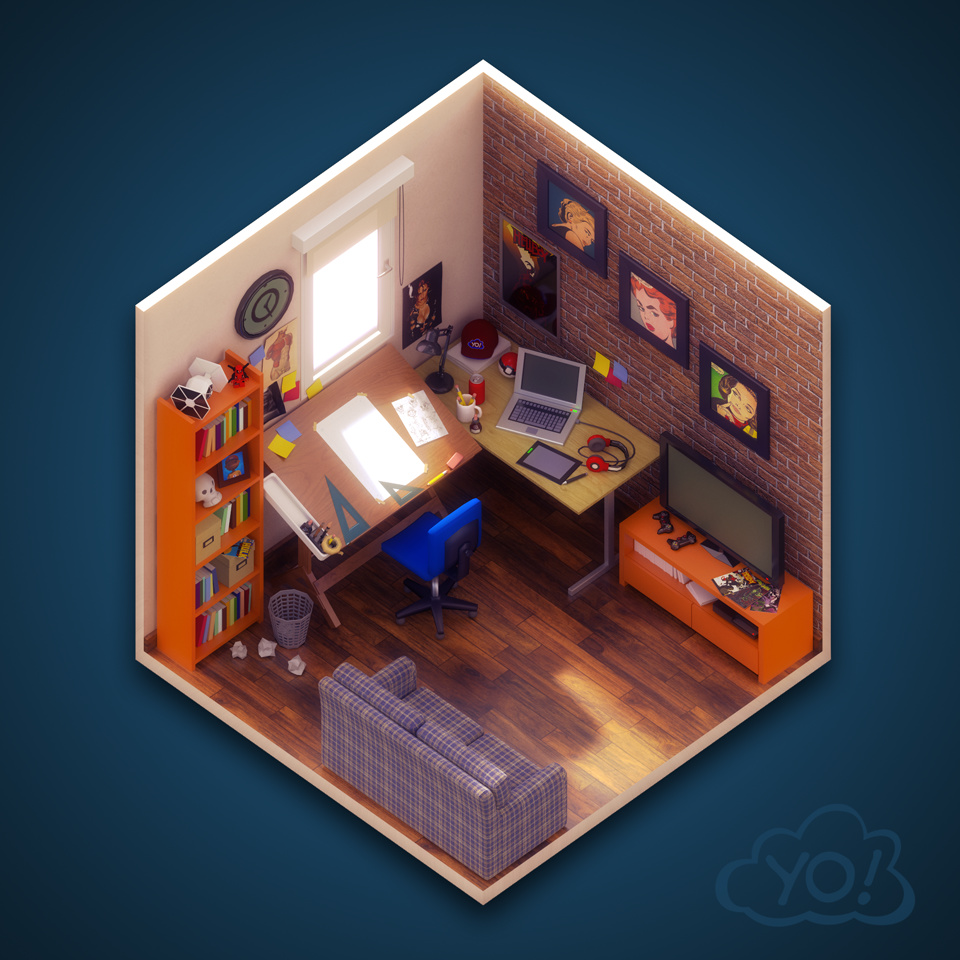
Albert Weand posted some new work-in-progress artwork:
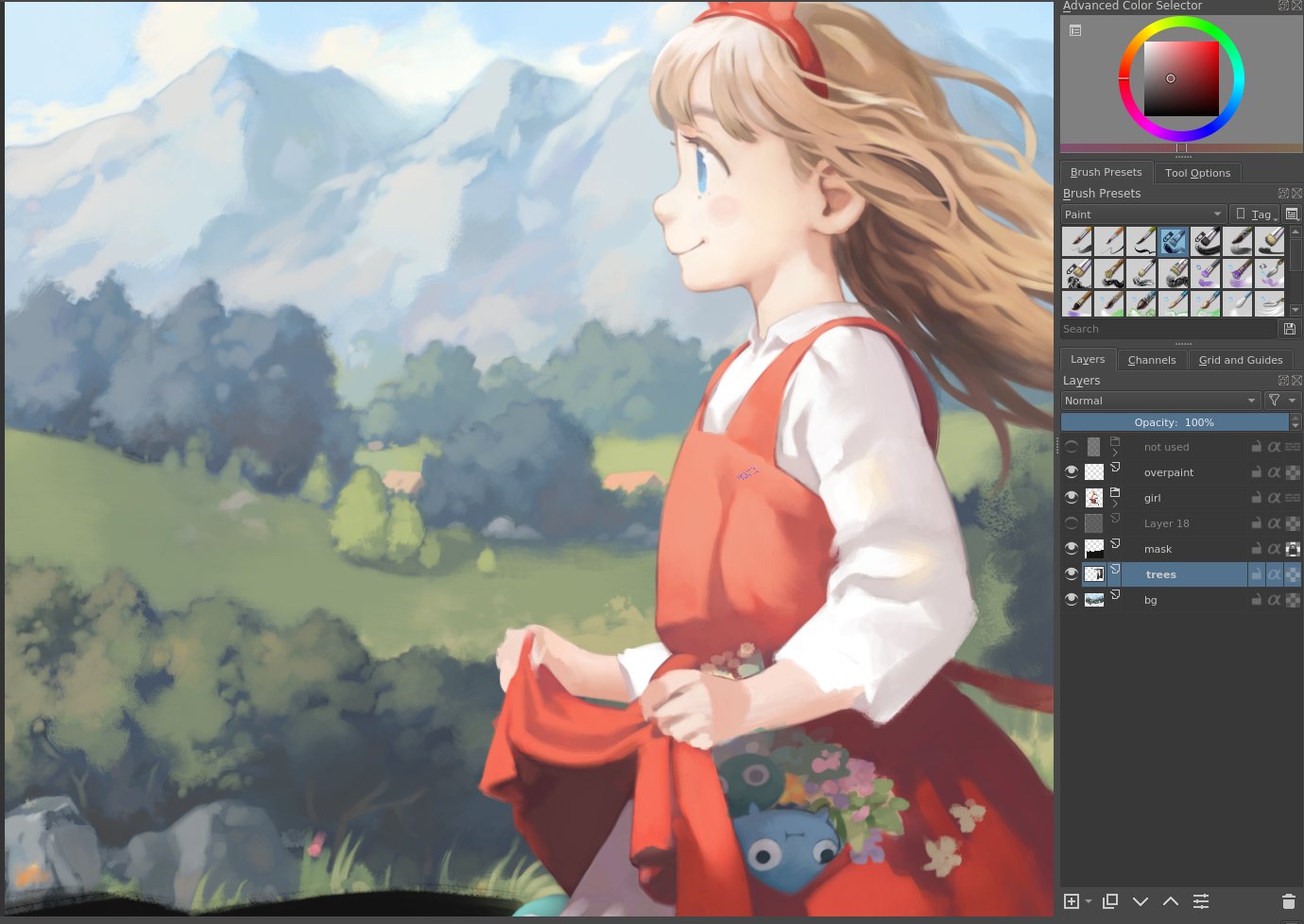
David Revoy posted another interesting speed painting. By the way, check out his new small brush bundle for Krita.
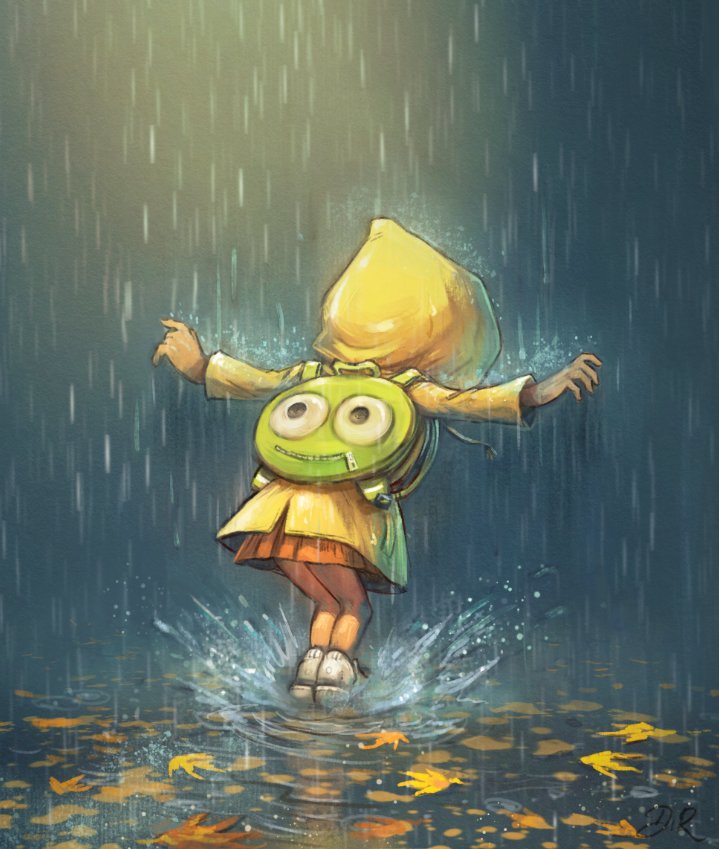
There’s a new painting by Ritesh Lakra.
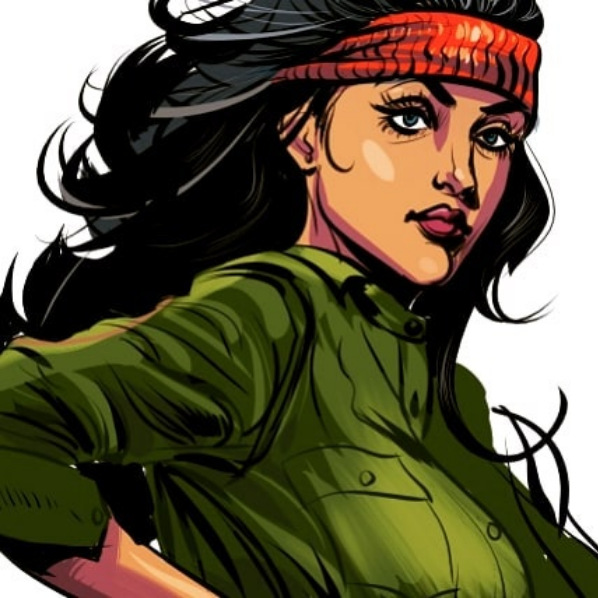
Ramon Miranda showed a new example of using his Digital Atelier pack.
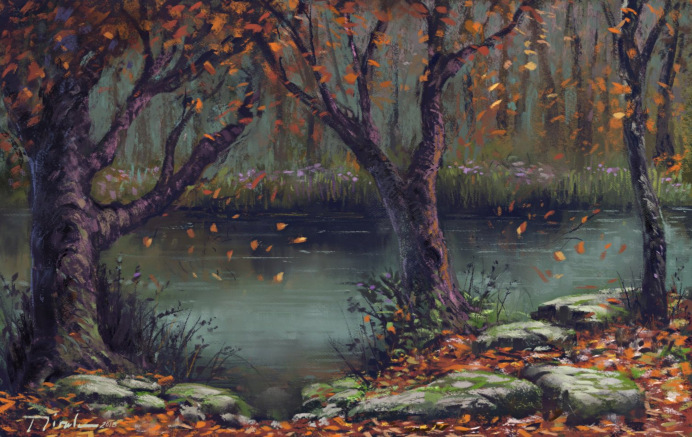
Mimi made this project with the intention of learning textures of nature environment.
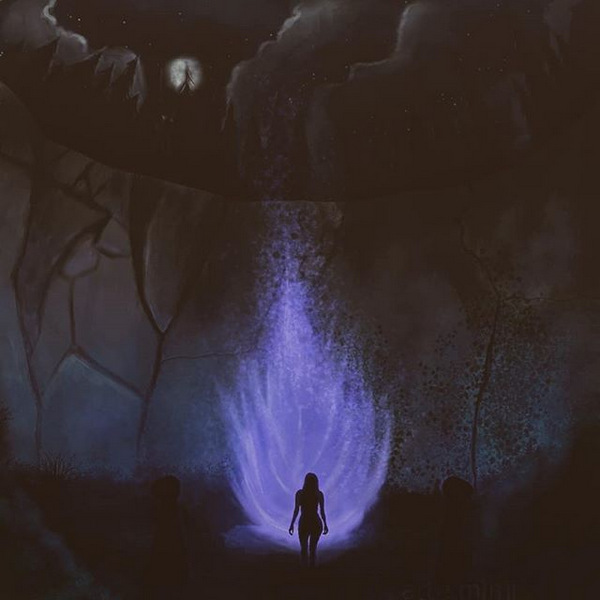
Trey Bigsby has a vector orc to share with you, made with Inkscape.
Patreon subscribers get early access to my posts. If you are feeling generous, you can also make a one-time donation on BuyMeACoffee.
